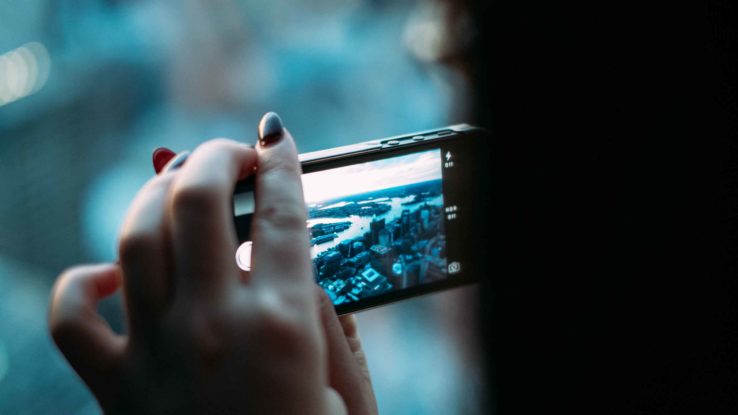Food photography is a still life photography genre used to create attractive still life photographs of food. It is a specialization of commercial photography, the products of which are used in advertisements, magazines, packaging, menus or cookbooks. Professional food photography is a collaborative effort, usually involving an art director, a photographer, a food stylist, a prop stylist and their assistants.



